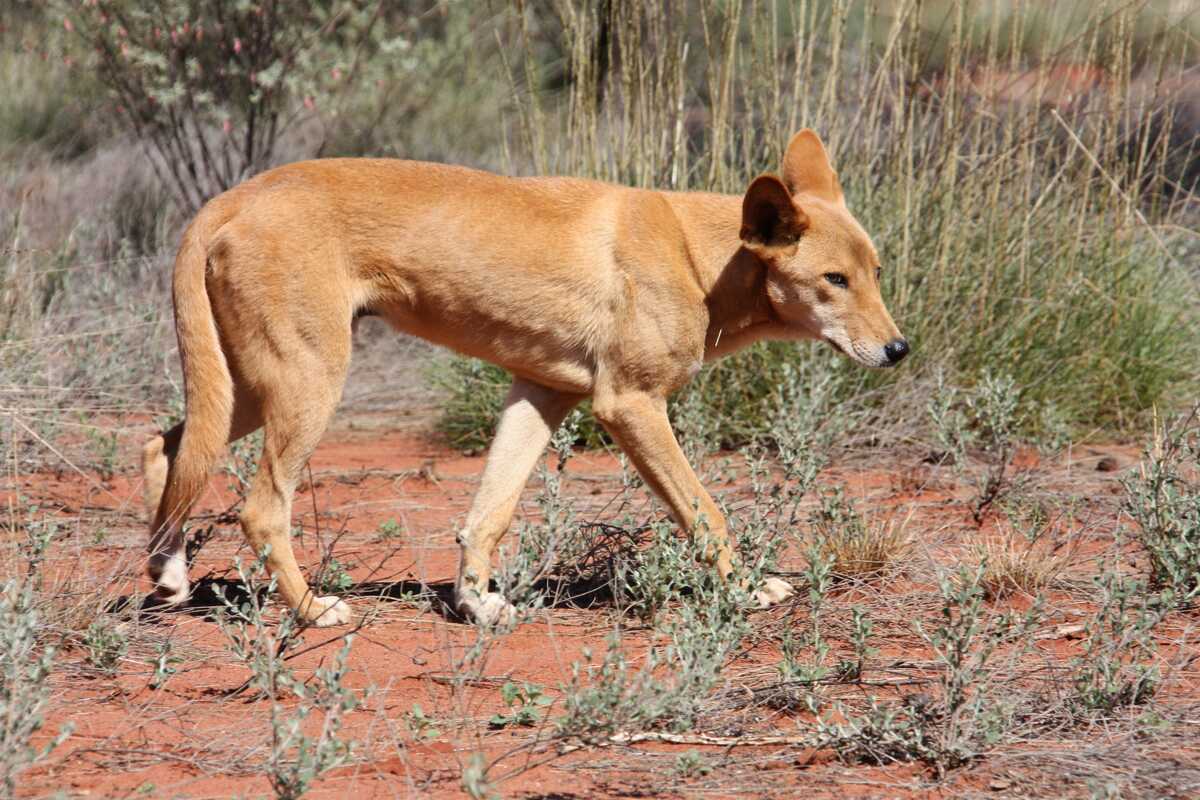{{{description}}}
(Macropus giganteus) This kangaroo is the second largest and heaviest living marsupial and native land mammal in Australia. It stands almost 2 m tall. It has a strong tail that can be over 1 m long. It has soft grey fur with a lighter silver, cream or nearly white belly. It can reach the speed of 64 km/hour.
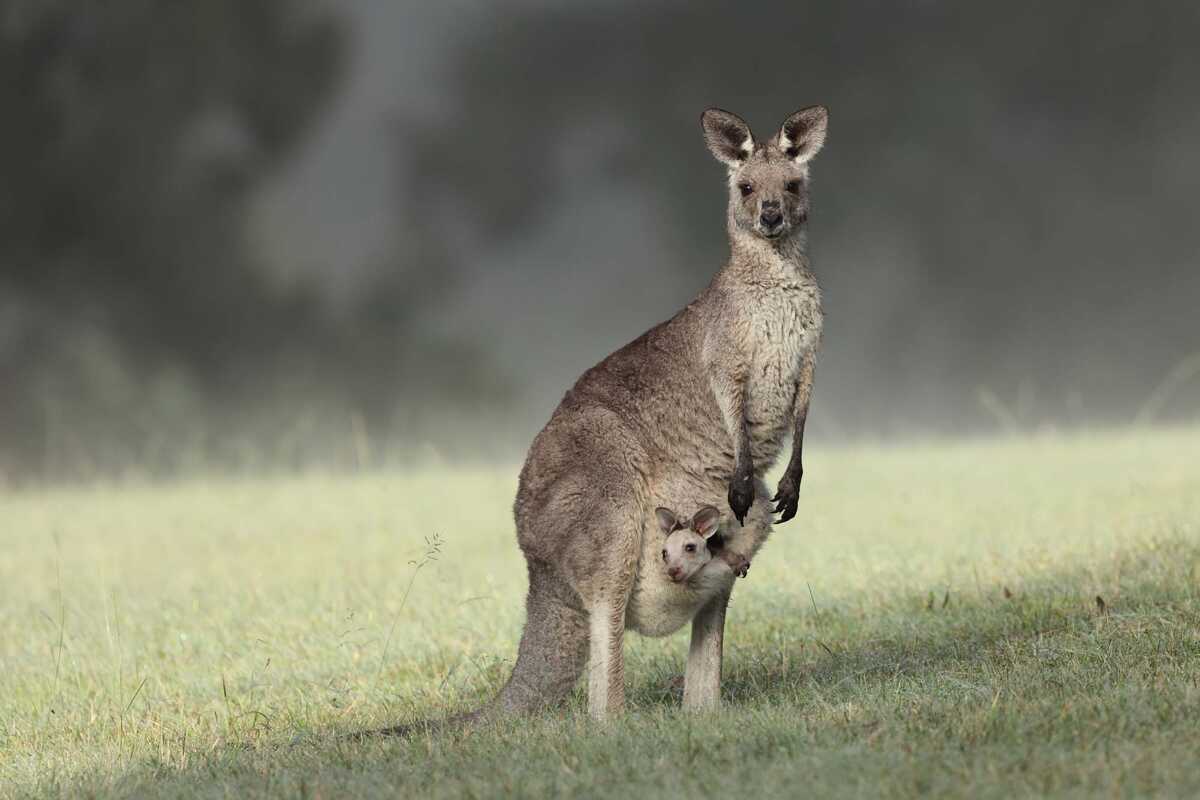
This marsupial is endemic to Australia. It resembles a mouse and has short bristly forwn or grey fur which is dense and usually soft. It is 12–31 cm long with a thing tail the same length as the body. It has a conical shaped head and small ears. It nests communally in tree-hollows. It lives in forests, heaths and grasslands on the eastern coast of Australia along the Great Dividing Range.
Image by Patrcik_K59
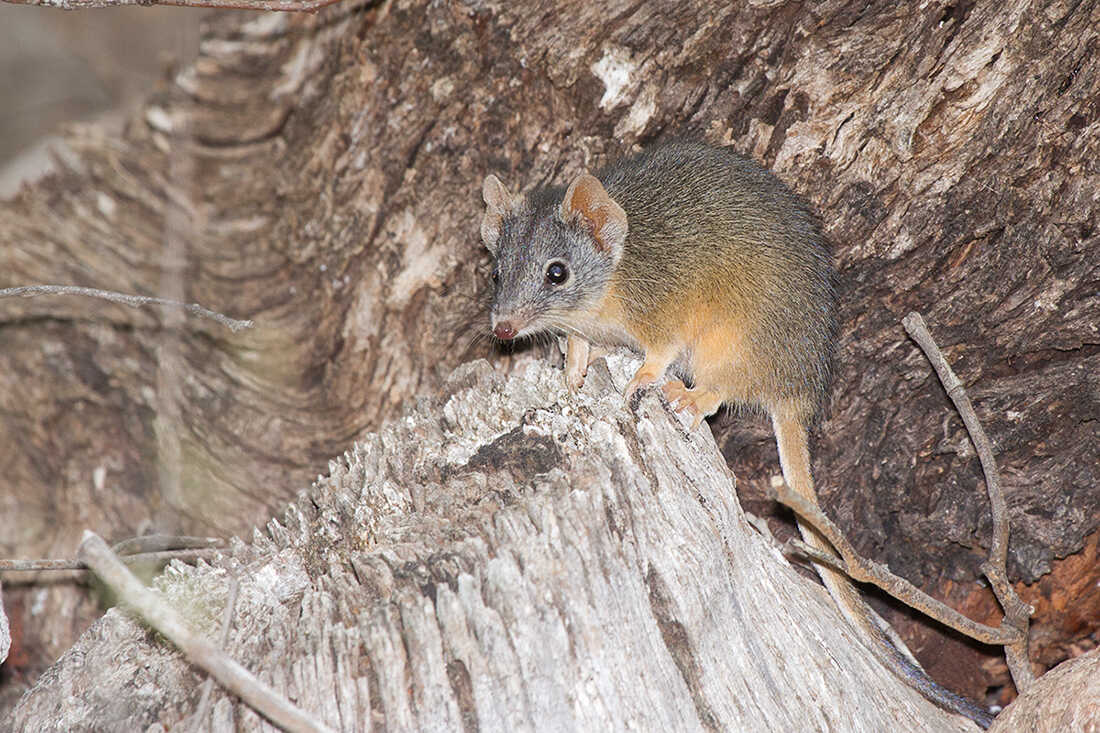
(Tachyglossus aculeatus) This mammal is covered in fur and spines. It has very strong front legs and claws, which allow it to burrow quickly and with great power. Its distinctive snout and specialized tongue enable it to catch insects at a great speed. Like other monotremes it lays eggs.
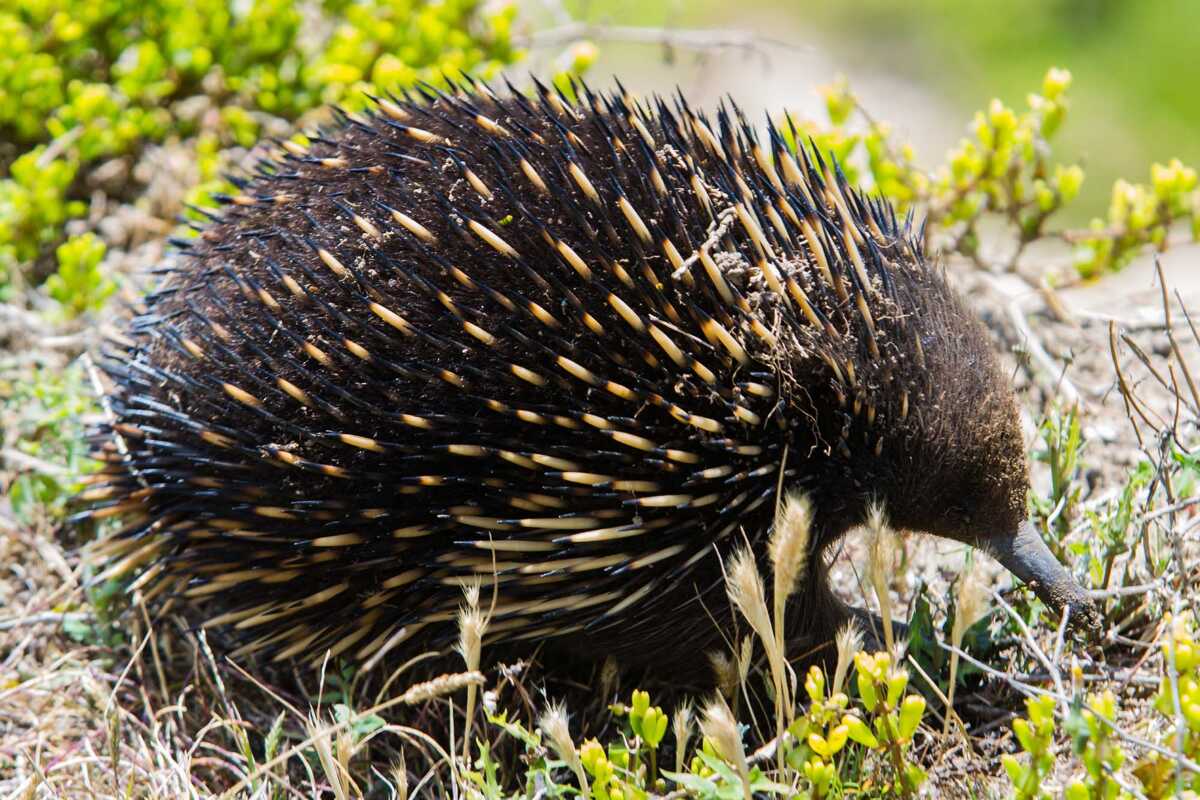
(Trichosurus vulpecula) Its name derives from the Greek for "furry tailed" and the Latin for "little fox". It is a nocturnal marsupial native to Australia. With the length of 32–58 cm it is the second-largest of the possums. It has silver-grey, brown, black, red, or cream woolly pelage. Males tend to be reddish at the shoulders. It has large and pointed ears and a muzzle marked with dark patches. Its tail is bushy (hence its name) and naked on its lower underside. Its forefeet have sharp claws. It is mainly a folivore. Eucalyptus leaves are a major part of its diet, but it also eats small mammals. It marks its territory with a scent gland that emits a reddish secretion.
Image by Donald Hobern
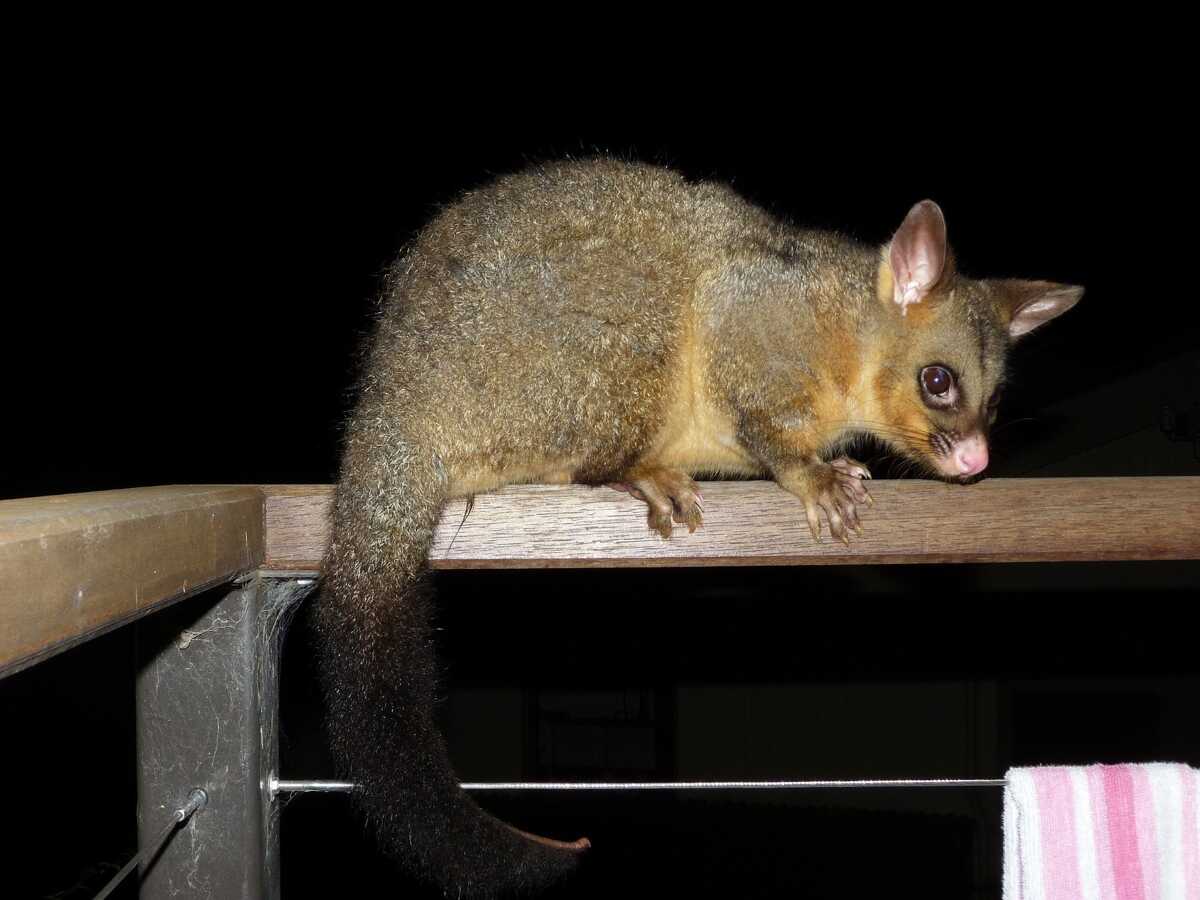
(Isoodon macrourus) This marsupial is found only on the northern and eastern coasts of Australia and nearby islands. Its body is 40 cm long with a 15 cm tail, and the male is usually 5 - 7 cm longer than the female. It has a thick, harsh coat, short, rounded ears and a short nose. The back pelage is light brown with speckled black patterns, and its belly is white. It has a reverse pouch, so it doesn't fill with soil while digging. It is larger than the southern brown bandicoot, which is found only on the southern coastline of Australia. In the dry season, it mostly lives in thick vegetation, such as tall weeds, small trees, and dense shrubs. In the wet season, it roams open grasslands. It nests in simple mounds of hay and twigs, which are well-camouflaged and waterproof. It eats during the night and hunts insects, earthworms, berries, and grass seeds. Learn more at https://animaldiversity.org/accounts/Isoodon_macrourus/
Image by Joseph Greg Tasney (CC BY-SA 4.0)
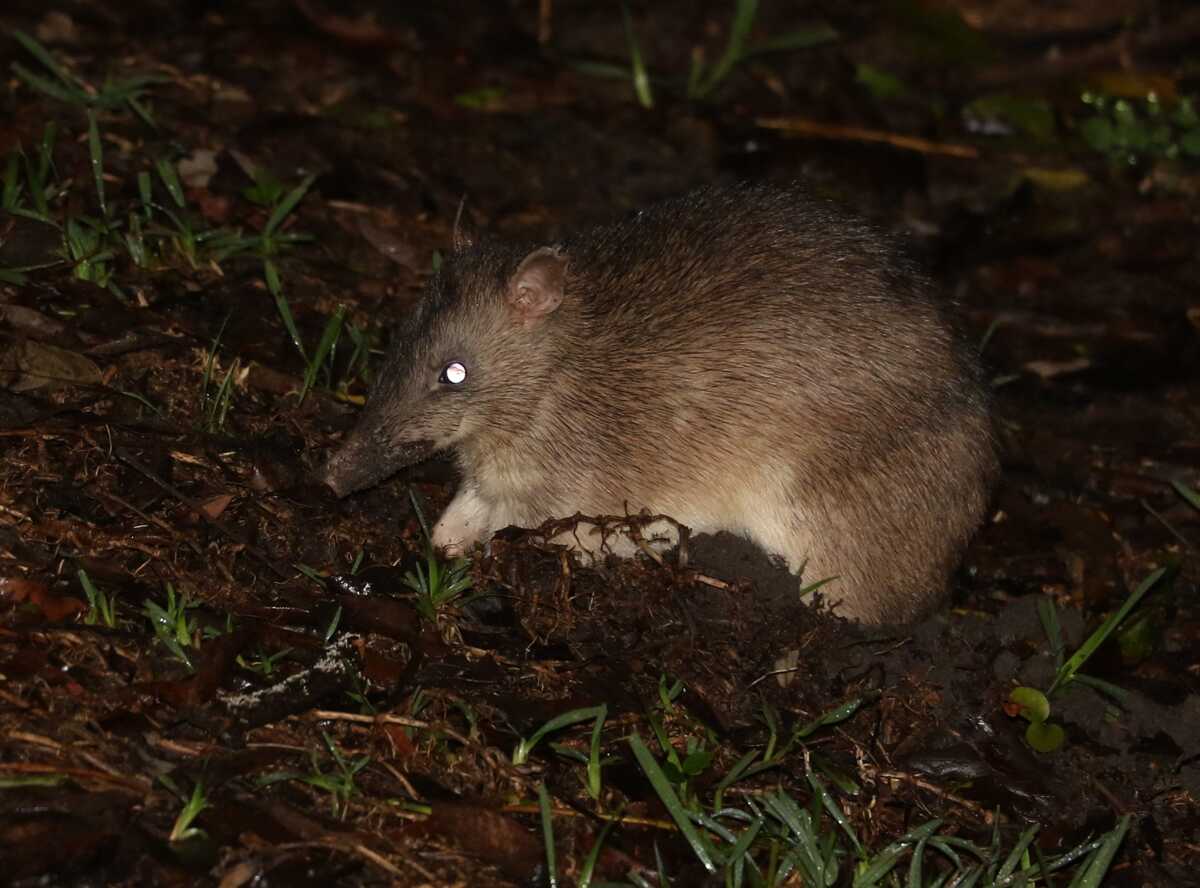
(Petaurus norfolcensis) This nocturnal marsupial is endemic to Australia. With the length of the body 18–23 cm long it is about twice the size of sugar glider. Its tail is 22–33 cm long. It has blue-grey or brown-grey fur on its back and white on its belly. It has black fur at the end of the tail and a black stripe from its eyes to the middle of the back. It has a flying membrane that extends from 5th front toe to the back of their foot and allows it to glide up to 50m from tree to tree. It mostly eats fruits and insects.
Image by Figaro
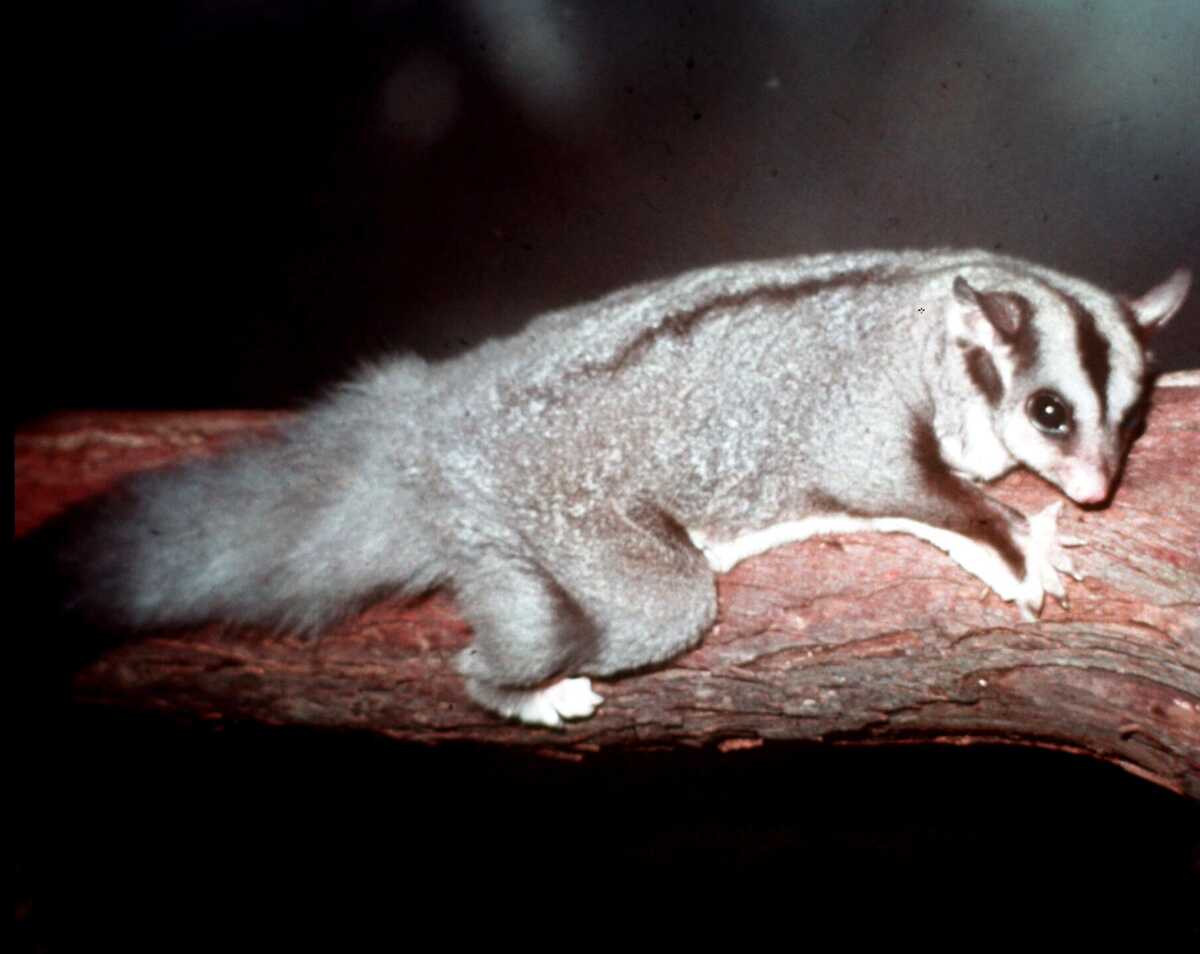
(Phascolarctos cinereus) This arboreal herbivorous marsupial is native to Australia. It is 60–85 cm long and weighs 4–15 kg. It has silver-grey to chocolate brown fur. It lives in open eucalypt woodlands and feeds mostly on eucalypt leaves. Its sleeps up to 20 hours a day.
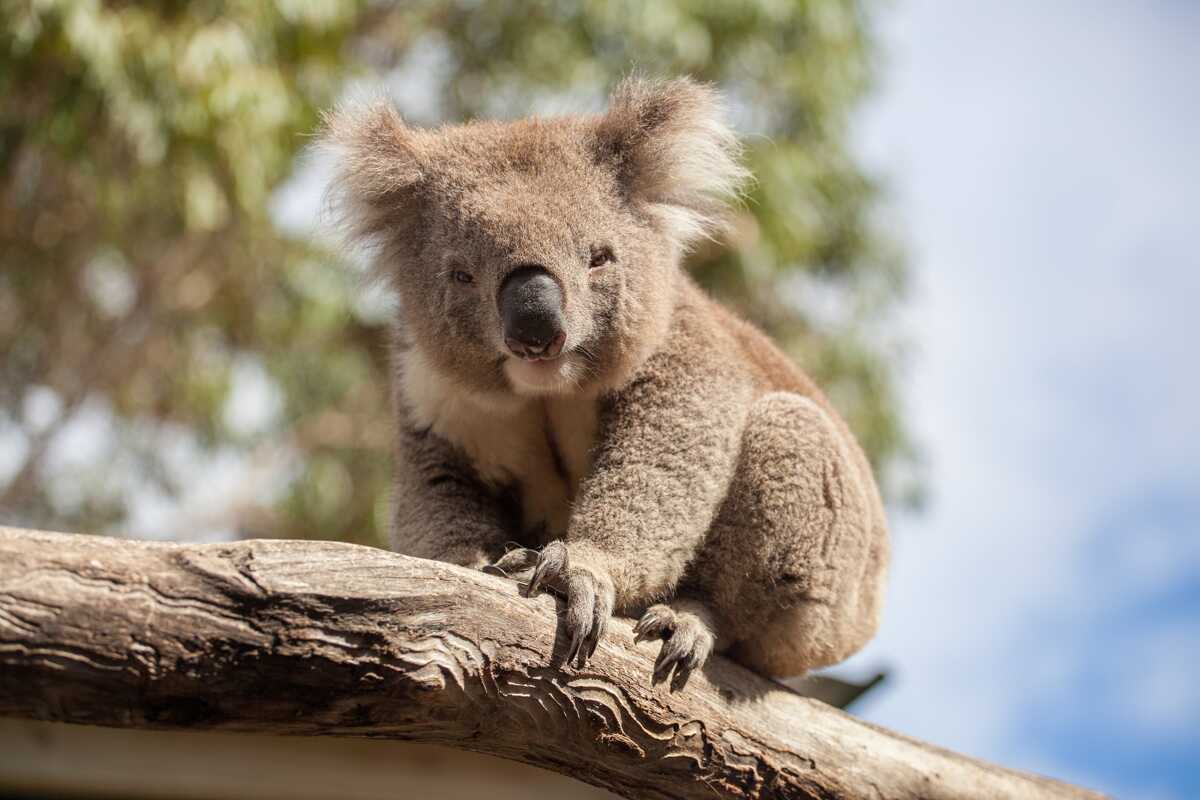
(Petauroides volans) This nocturnal solitary herbivore can be found in Eucalyptus forests since its main source of food is Eucalyptus leaves and buds. It has brown or grey-to-white fur.
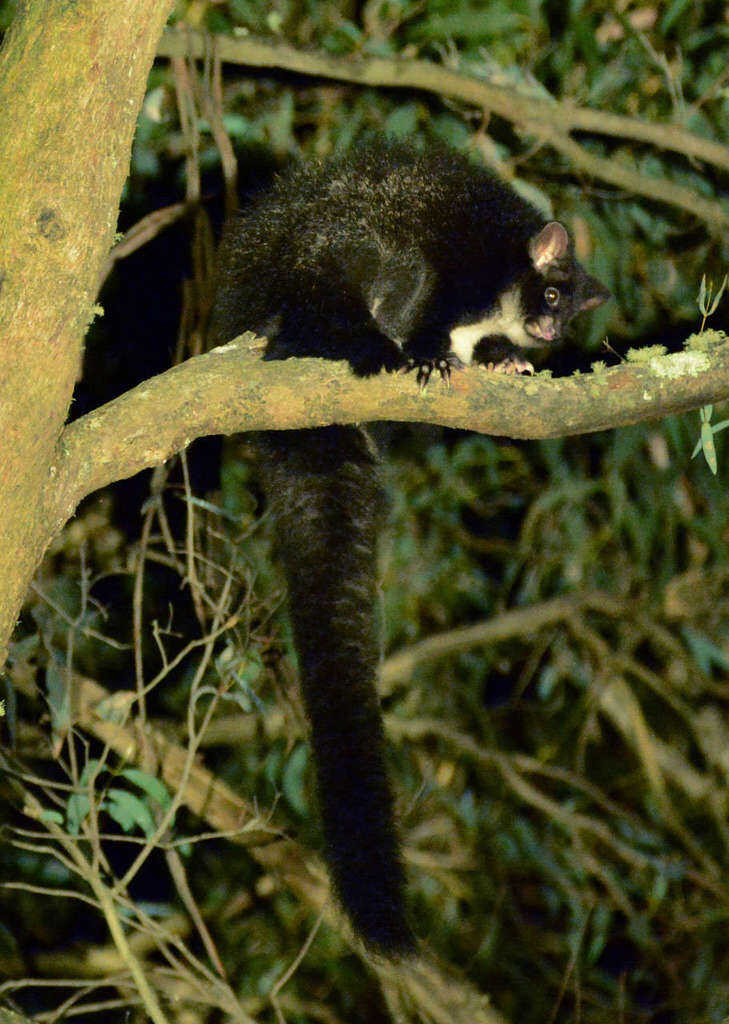
(Petaurus australis) This arboreal marsupial is also called a fluffy glider. It lives in eucalypt forests and woodlands of eastern Australia. It measures about 30 cm in length with its tail reaching about 48 cm. It has large pointed ears, grey-brown fur on its back, and as its name suggests an off-white to orange or yellow belly. Its distinctive growling call can be heard up to 500 m away. It feeds on nectar, honeydew, insects, pollen, and a wide spread of tree sap.
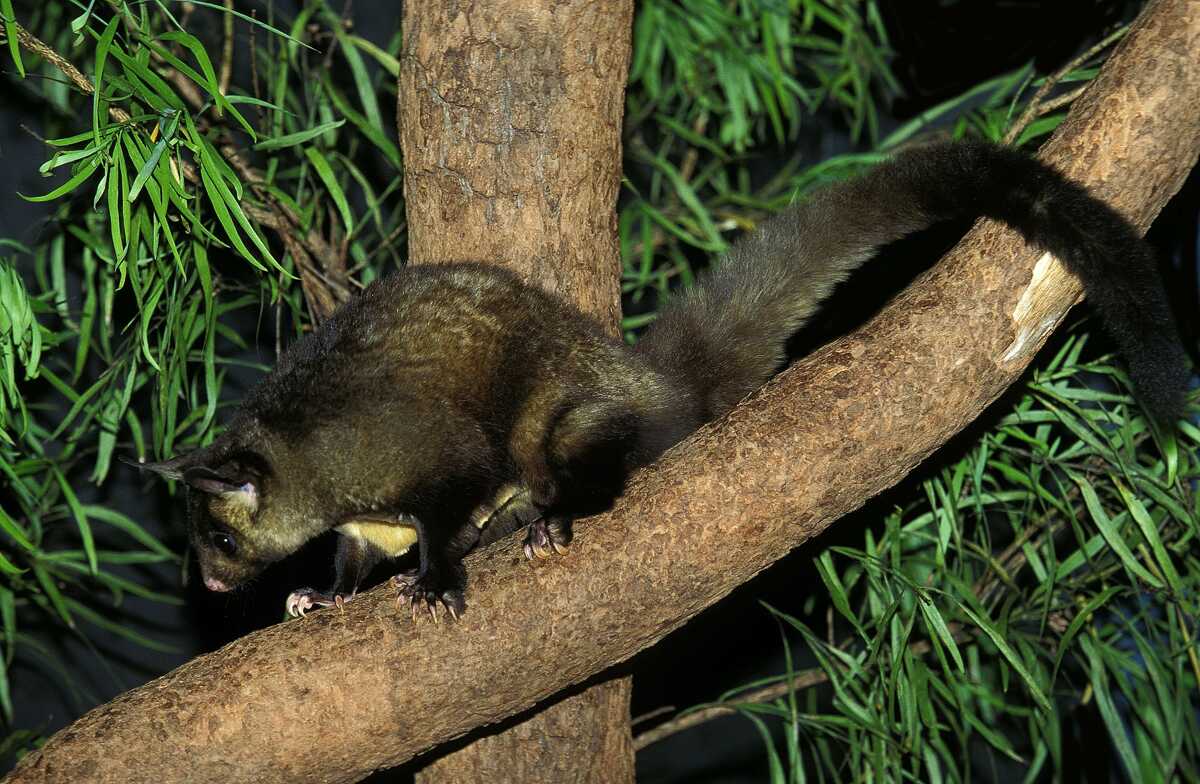
(Ornithorhynchus anatinus) This semiaquatic, egg-laying mammal is endemic to eastern Australia. It is one of five species of mammals that lay eggs and one of a few species of mammals that are venomous - male platypus has spurs on hind feet with venom that can cause severe pain to humans. It has dense brown fur, a flat tail, and webbing on its feet. Its snout and lower jaw form a bill. It measures 43 - 50 cm in length. To locate its food it detects electric fields that prey generates by contracting their muscles. It feeds on worms, larvae, freshwater shrimp, and crayfish. It's an excellent swimmer.
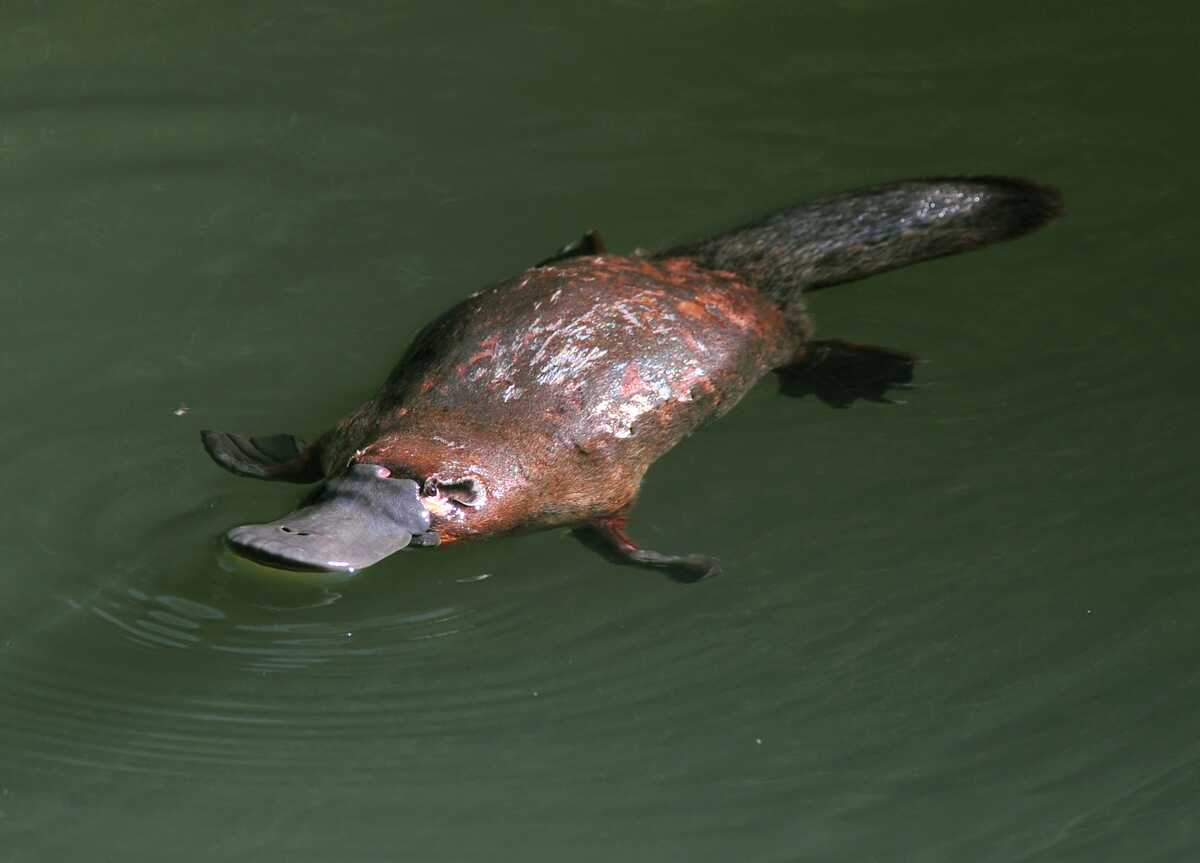
(Dasyurus hallucatus) This carnivorous marsupial that is native to Australia goes by many different names. It is also known as the northern native cat, the North Australian native cat, the satanellus or njanmak in the Indigenous Mayali language, djabo (meaning good tucker) in Kunwinjku, and wijingarri in Wunambal. Although it has a large number of names it is the smallest of the four Australian quoll species. It measures about 25-37 cm in length, with males being larger than females. Its tail is about 20-34 cm long. It feeds on invertebrates, small mammals, birds, lizards, snakes, and frogs and fleshy fruit (like figs). At the moment the northern quoll is classified as Endangered by the IUCN.
Image by Wildlife Explorer
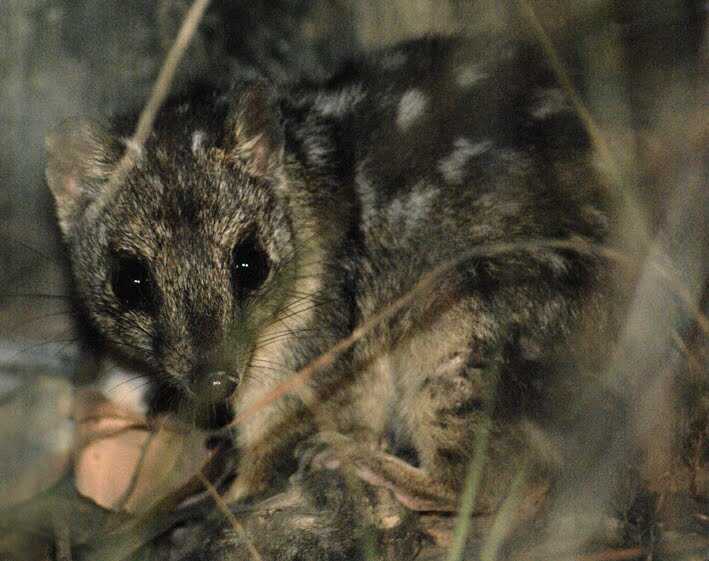
(Planigale maculata) This small marsupial carnivore is also known as the pygmy planigale, coastal planigale, or marsupial mice. It is about 10 cm long with an 8 cm long tail. Its fur is of light grayish-yellow color on the underside and gray to cinnamon elsewhere. It has a very narrow head with black eyes. Females have a pouch for young that opens toward the rear.
Image by Androstachys
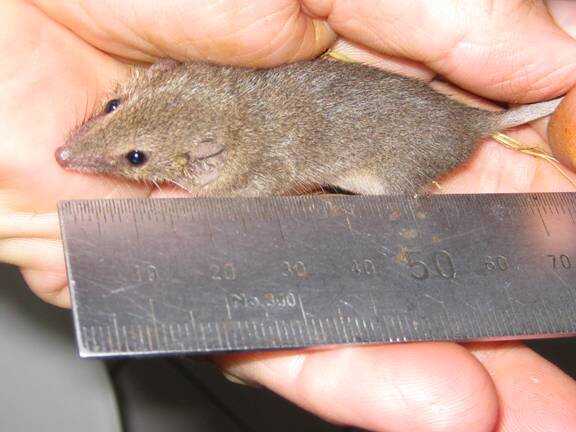
(Acrobates pygmaeus) This marsupial that is native to eastern Australia is the world's smallest gliding mammal. It got its name from its long feather-shaped tail. It is also known as the pygmy gliding possum, pygmy glider, pygmy phalanger, flying phalanger, or flying mouse. It is 6.5–8 cm long, with a tail that is almost as long as the body. Two rows of long, stiff hairs on either side of the tail give it the appearance of a feather, hence the name. It is covered in soft and silky fur that is uniform greyish brown on the upper side, and white on the below. It has dark rings of fur around the eyes, hairless and deeply cleft rhinarium, moderately large and rounded ears, and a very large number of whiskers. For gliding, it uses a patagium that is stretching between the fore and hind legs.
Image by Doug Beckers
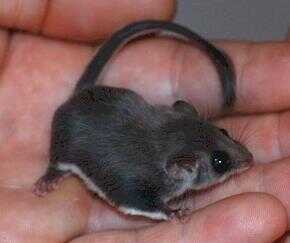
(Petaurus breviceps) The sugar glider got its name from the pair of gliding membranes (patagia), which extend from its forelegs to its hind legs and allows the animal to glide up to 50 m between trees. It has soft, pale grey to light brown fur with a prominent dark dorsal stripe that extends to the forehead, and a lighter underside.
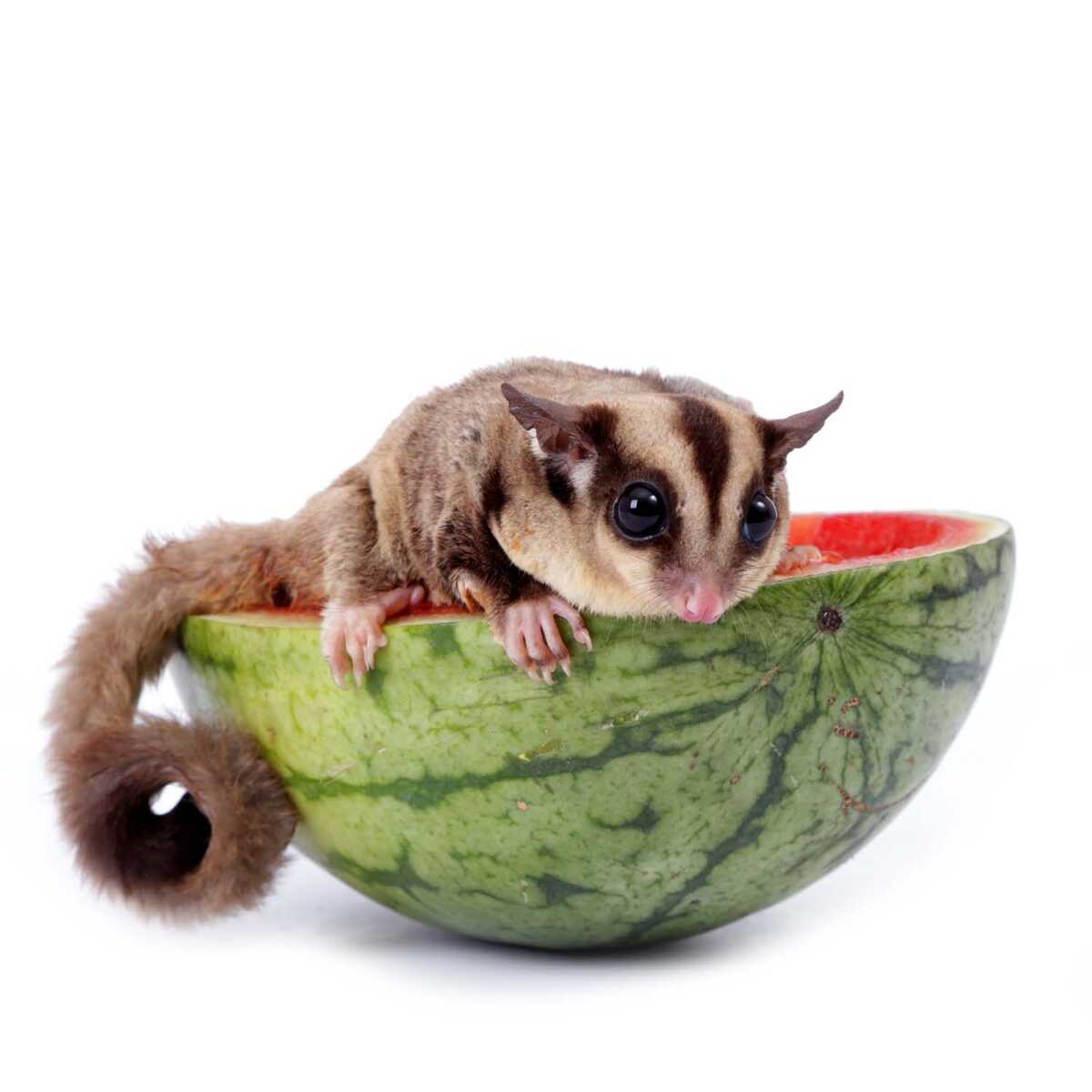
(Aepyprymnus rufescens) Also known as rufous rat-kangaroo, this small marsupial is found in Australia. It got its name from the ruffled and bristly hair of the pelage and rufous tint of the fur at the upper parts. It has a predominantly grey back across which is interspersed with silvery hairs. It has paler grey underparts and an indistinct stripe at the hip line. It is about 39 cm tall and has a 34-39 cm long tail with a white tip. It has pretty long triangular ears that are very dark on the outer side and pink on the interior. It has a hairless pink rim around the black eyes.
Image by Bernard Dupont
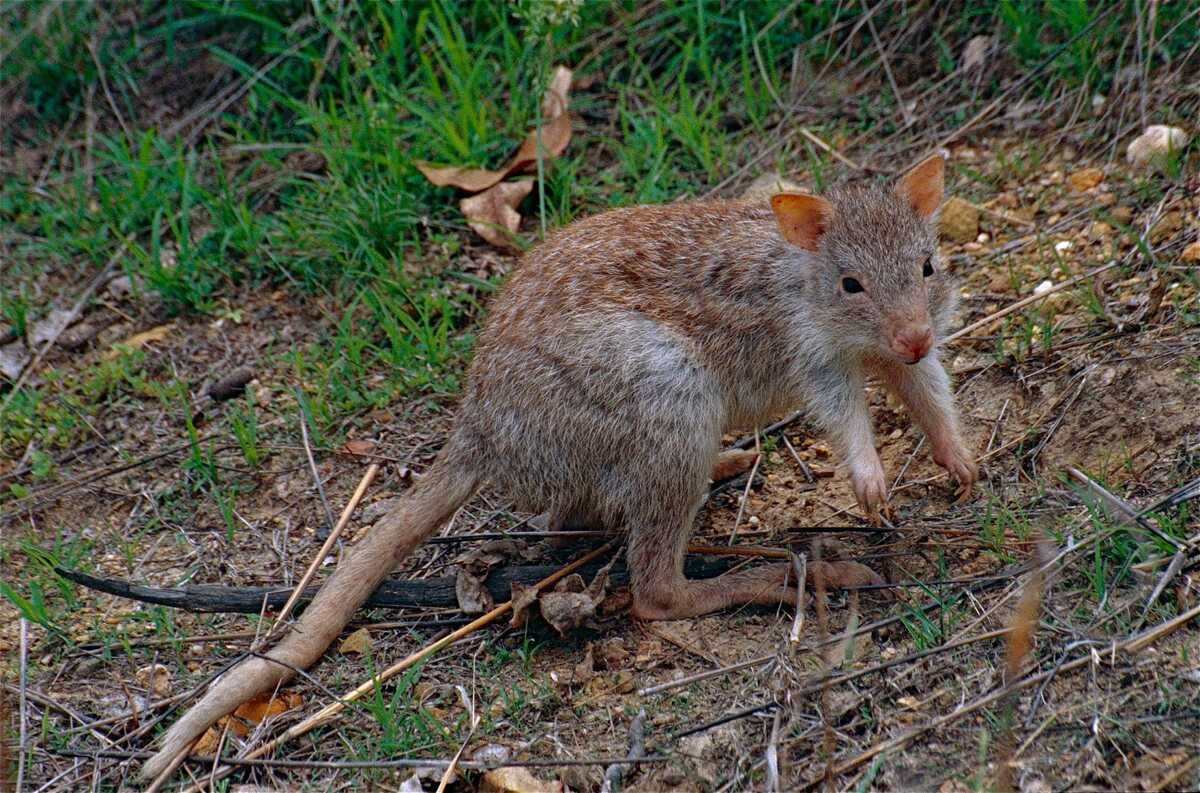
(Macropus dorsalis) Also known as scrub wallaby or eastern brush wallaby, this medium-sized wallaby is native to Australia with the New South Wales population being classified as endangered. This shy, nocturnal grazer is similar to the red-necked wallaby but has a black line down its back, black "gloves", a white stripe over the face and one over the hip, and a reddish colouration that extends down the arms and abdomen. It is 80 cm tall with a 60 cm long tail.
Image by Queensland Government
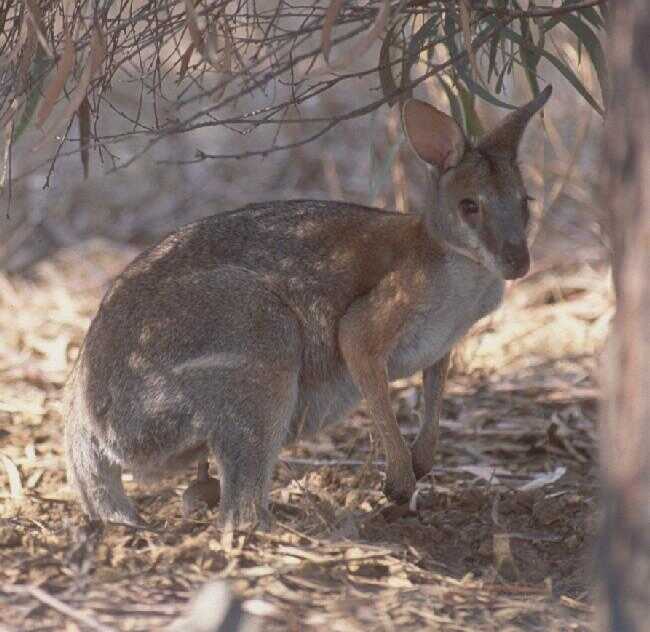
(Macropus parryi) This native eastern Australian wallaby is also known as the pretty-faced wallaby. It is 70-75 cm tall with males being larger than females. The paler colouring and white stripe under the face distinguishes it from other wallabies. It has black and white fur on its chest and grey to brown elsewhere.
Image by Vicki Nunn
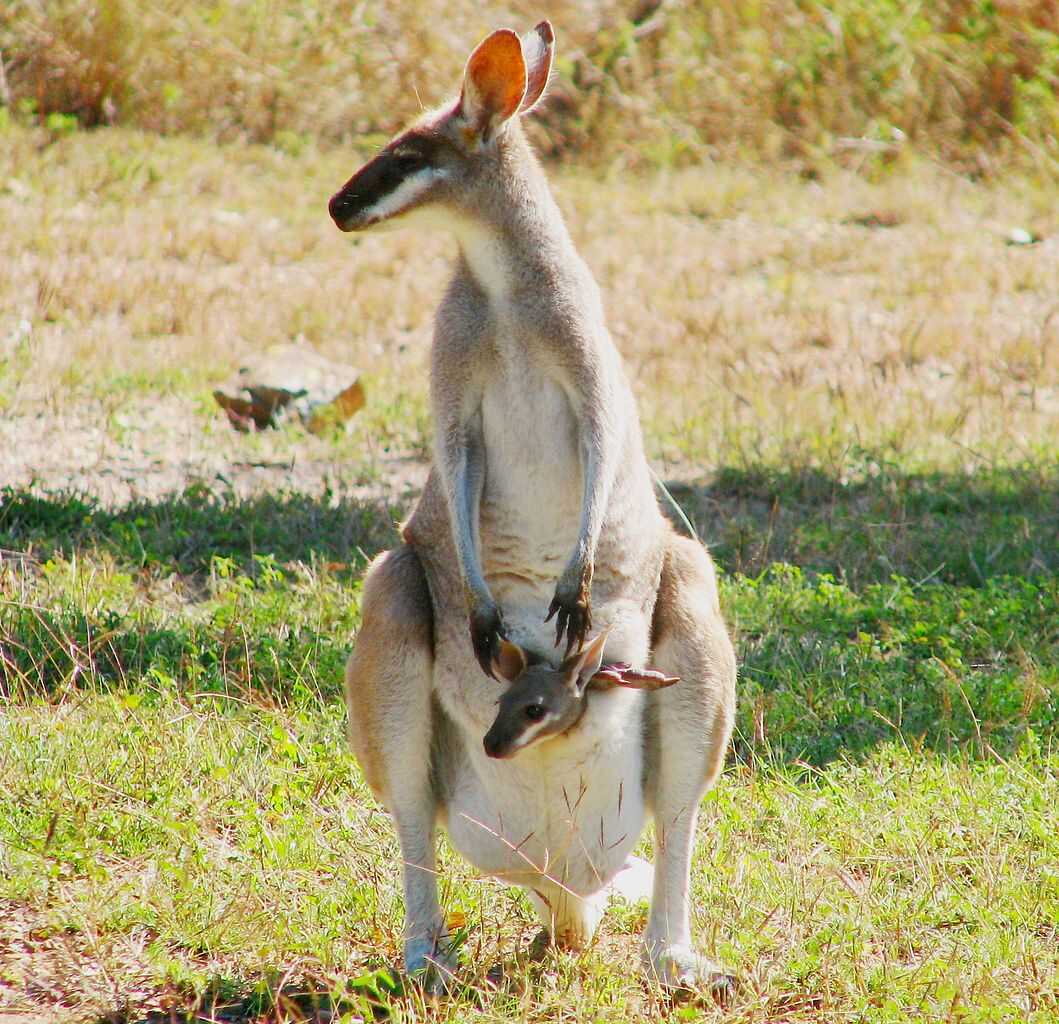
This species (Osphranter robustus) has four subspecies: eastern, western (euro), Barrow Island and Kimberley wallaroos. This mostly nocturnal and solitary macropod is 30-56 cm tall and has dark grey fur in males and sandy fur in females. Females of this species can gestate and give birth any time of the year. After 30-38 days of gestation, the joey moves to the porch of the mother to grow further. Like most wallaroos, it makes a loud hissing noise. Learn more at https://animalia.bio/common-wallaroo
Photo by Patrick Kavanagh (CC BY 2.0)
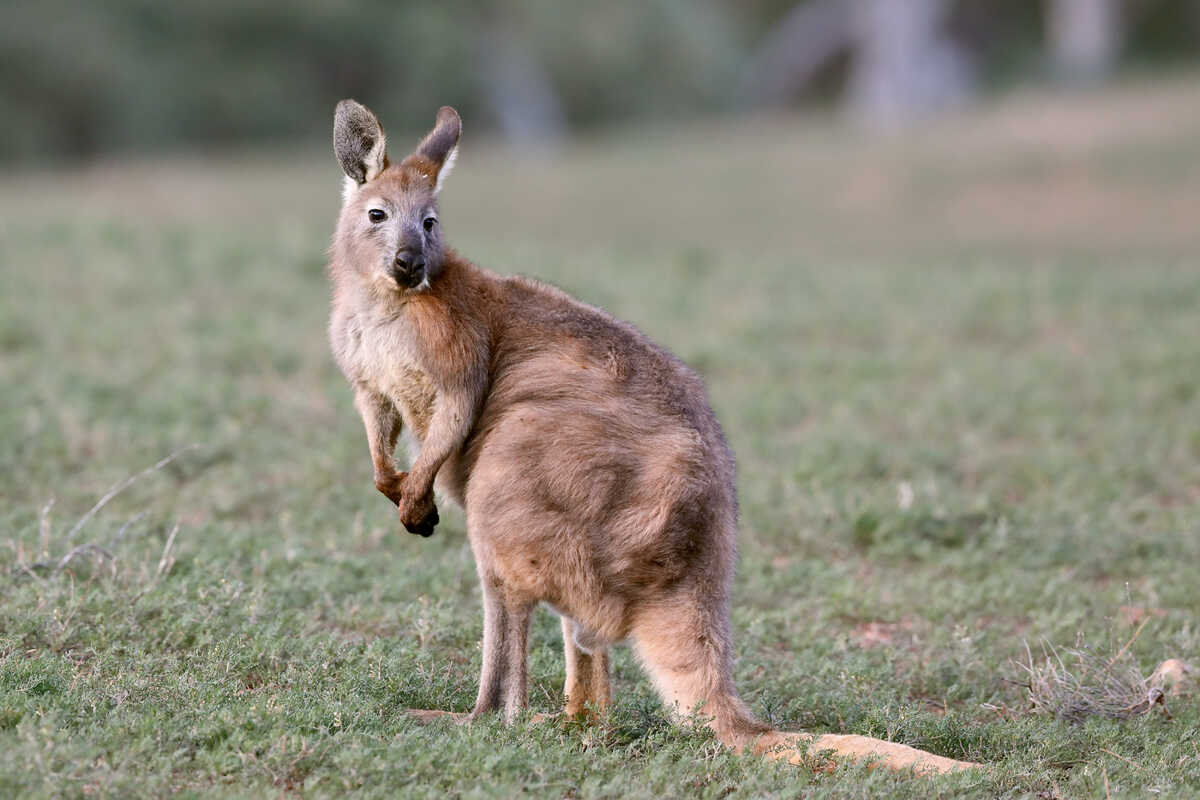
(Notamacropus rufogriseus) This wallaby has medium grey fur with a reddish wash across the shoulders, a black nose and paws, and a white stripe on the upper lip. It is 90 cm long and can weigh between 13.8-18.6 kg. It is similar in appearance to the black-striped wallaby (Macropus dorsalis), but the red-necked wallaby is larger and doesn't have a black stripe down the back.
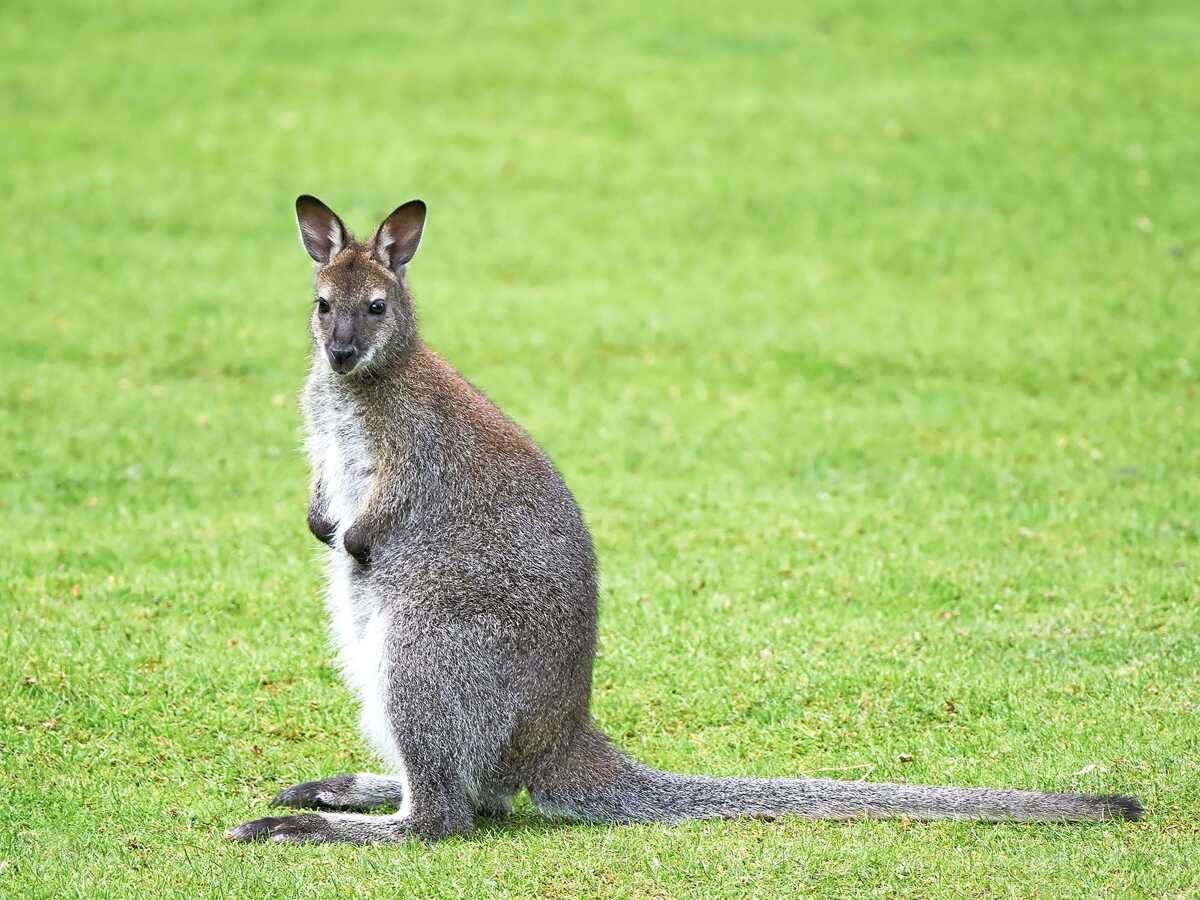
(Pseudomys gracilicaudatus) This medium-sized native rodent has distinctive chestnut-brown dorsal fur and a grey belly. It is 11 cm long and its tail is shorter than the body and is sparsely haired. Its pale grey feet have a thin fringe of white hairs extending beyond the claws.
Image by Doug Beckers
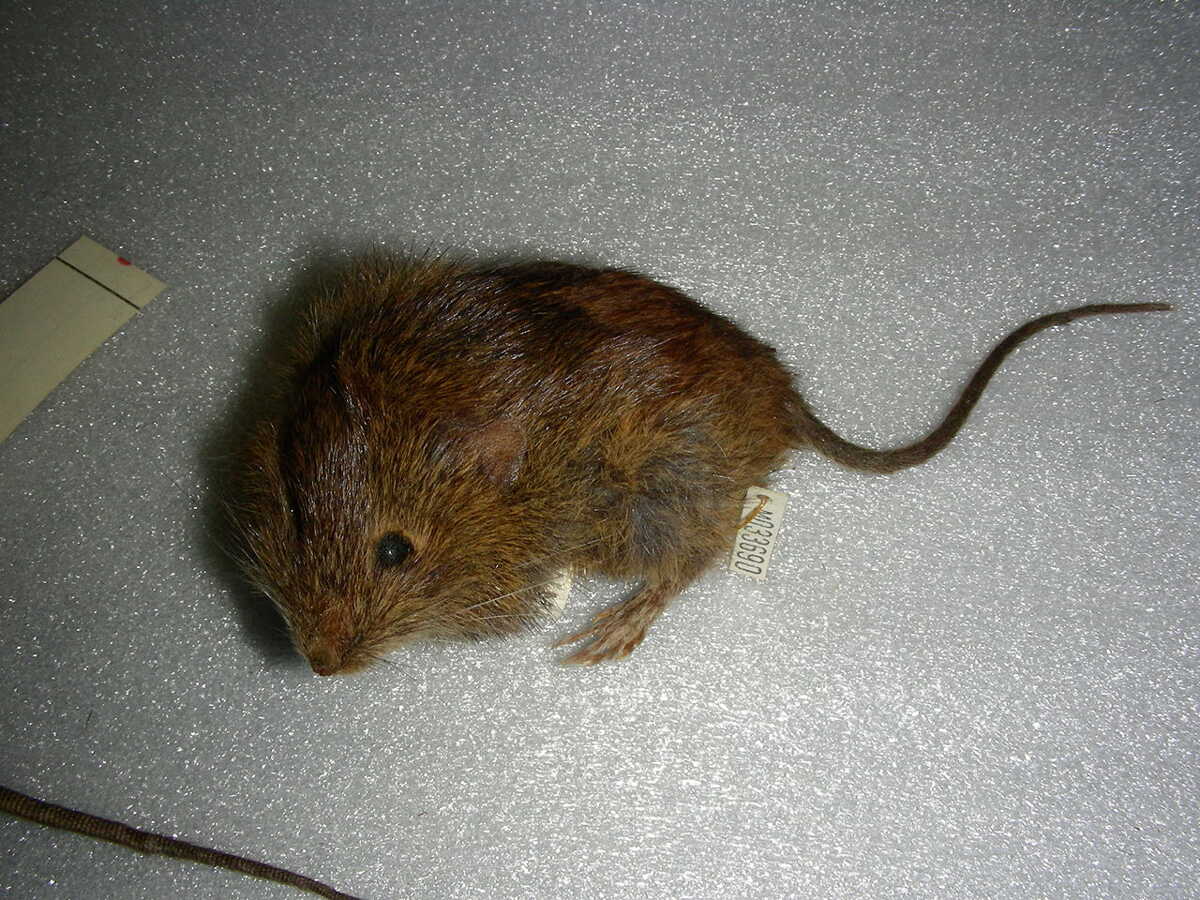
(Canis lupus dingo) This medium-sized canine has a lean, hardy body adapted for speed, agility, and stamina. Its coat colour ranges from light ginger or tan, black and tan, or creamy white. It feeds on mammals up to the size of the large red kangaroo and other smaller animals.
